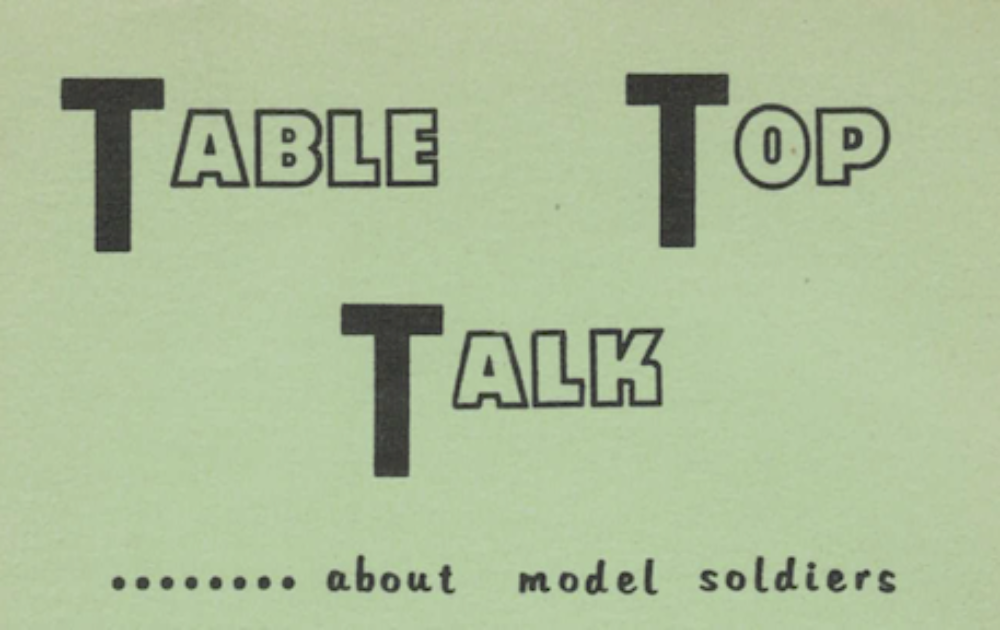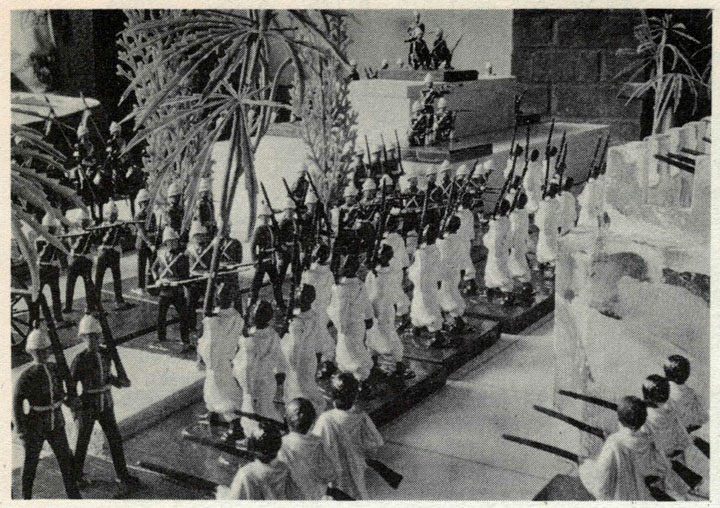Being a summary of Joseph Morschauser’s Sea War Rules 1759 as presented in Donald Featherstone’s 1965 book: Naval War Games pages 84 – 86. Full rules not provided here, as they are currently available in the John Curry reprint edition of Featherstone’s book.
We know that Joe played sea war games and that some of his games were set in the age of sail. More on how we know this at the end of this summary.
As the book does, we too shall jump right into the rules…
The rules specify four types of ships: Sloop of war, Frigate, Ship of the line and Transport/Supply ship. Ship powers are codified in a set of four numbers/values: Fore, Aft and each Broadside (port & starboard). The total of these values is the Ship’s Power (SP). Each time the ship take a hit to the hull SP value is reduced by the number of hits. A ship may fire a Broadside or either Fore or Aft guns.
Movement rates (MR) (Ship speed) are by ship type and are reduced by Sail hits. Once hits have reduced MR to zero (0) ships may only turn in place.
Firing is by guns that bear; part of target ship/base must be within a straight line from end or side of firing ship. Target must be a single ship. Shots may be fired at hull or sails. Roll a number of dice equaling the number of guns firing. Determine hits and apply the result. Guns have a maximum and a minimum range.
Ships move in any direction or combination of directions; except at an angle 45 degrees either side of direction from which the wind is blowing. Measure movement and turns from center point of the ship/stand.
Wind direction (may) change every six (6) turns. Wind direction is determined by roll of a single die. Wind will blow from: north, south, east or west Only.
Enemy Ships may be boarded; maneuver ships to be side-by-side (base to base, broadside to broadside). To board, a ship must have a higher SP rating. Roll a die and on (Joe’s standard) an even roll (2, 4, or 6) the boarding is successful. Failing this roll and the attackers ship is taken instead.
Track ship’s current state with a Ship’s Card – Roster Sheet if you will.
Lastly Joe describes three (3) types of games/scenarios: Destroy enemies Supply ships, Immobilize all enemy ships, and get Supply ships through enemy blockade. Defender earns a point for each (enemy) ship disabled; aggressor earns a point for each Supply ship that gets through.
All-in-all a very nice, simple game in six (6) easy to digest rules; eight (8) if you wish to count sections on Ship Cards and Scenarios.
It has been many years since I last gave this game a go. Since then I have built and sold (or given away) several fleets and played many other sets of rules. Upon re-reading Joe’s rules I have determined that this will be my sailing war game going forward. The rules are clean and simple. Games play fairly quickly and are fun (if my memory serves me correctly). My next war game, set in the age of sail, will not only use these rules; it will use the same ships Joe would have been using in 1965 (perhaps even some of the ships that Joe actually used with his war game setup).
How do we know that Joe played (age of sail) sea war games? Two things are dead giveaways: 1) Jack Scruby mentions – in The Miniature Parade, Winter 1967 issue – that the flip (or lower) side of Joe’s board for his Roster System Ancient War Game is used for naval battles. 2) Joe designed (circa 1962) and Jack Scruby produced a set of four (4) sailing ships (as used in Joe’s age of sail sea war games).
Some additional closing thoughts: I’ve been wanting an Age of Sail war game something along the lines of Bob Cordery’s Portable Wargame. After re-reading Joe Morschauser’s rules, I’m fairly certain that I have hit upon just what I need! A few tweaks here and there to make the game work with a square grid and small footprint. Yes. I did say a square grid; the square grid is really the only grid for sailing games… More on this as soon as I lay down (actually commit to writing) the basics and fire a few broadsides…
From advertisement appearing in Table Top Talk – September 1962; a transcribed version, showing only the Sailing Ships (the other ships included in the original advertisement are the Civil War Ships designed by Jack Scruby.
WAR GAME SHIPS
For the Naval War Game Admiral we now have some nice little ship models … In SAIL SHIP MODELS, the size runs from about 1 ¼ inches (Sloop) to 2 ¾ inches (Ship of the Line). The Sail Ship Models were designed by Joe Morschauser.
Lest the buyer be confused, we state that these models are built for war gaming and are scaled to each other. These are not exquisite miniature ships with all the scaled parts, but are designed only for war gaming and to stand abuse. All models are three dimensional and are sold only as unpainted castings
SAILING SHIP MODELS – 1800 (designed by Joe Morschauser)
J-5 … Sloop (or Brig)
J-6 … Merchantman or small Transport
J-7 … Ship of the Line (3 decker)
J-8 … Large Frigate
* The Sailing Ships have three dimensional hulls and “silhouette” sails
Pictures Added 13 February 2018

 Pictures of unpainted ships freshly cast in 2018…
Pictures of unpainted ships freshly cast in 2018…





